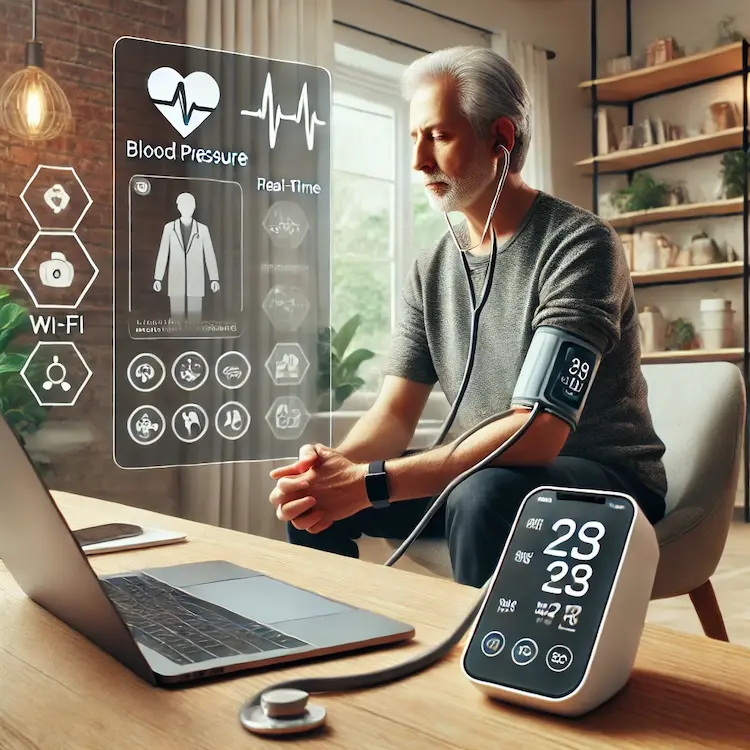Blood pressure (BP) measurement is a cornerstone of cardiovascular health monitoring. With the rise of telehealth, the landscape of BP monitoring has evolved, offering new tools and methods that combine convenience with advanced technology. This article explores the importance of BP measurement in telehealth, its health and societal impacts, available tools, and practical advice for implementation.
Hypertension, or high blood pressure, is often referred to as the “silent killer.” It affects over 1.3 billion people globally, increasing the risk of heart disease, stroke, and kidney failure. Telehealth allows patients to monitor their BP conveniently from home, ensuring better management and early detection of anomalies.
Benefits of BP Measurement in Telehealth:

Digital BP monitors are widely used for telehealth applications due to their ease of use and accuracy.
Subsections:
| Model | Price Range | Key Features | User Feedback |
|---|---|---|---|
| Omron BP7100 | $50–$70 | Compact, clinically accurate | High accuracy, portable |
| Withings BPM | $100–$150 | Smart app integration | Easy to sync data |
Wearable devices such as smartwatches and fitness trackers are gaining traction for BP monitoring.
Subsections:
RPM kits combine BP monitors with telehealth platforms, allowing real-time data sharing with healthcare providers.
Subsections:
| Method | Accuracy | Convenience | Cost | Suitability |
|---|---|---|---|---|
| Digital BP Monitors | High | Moderate | $$ | General home use |
| Wearable Devices | Moderate | High | $$$ | Active individuals, tech-savvy |
| Remote Patient Monitoring | Very High | Moderate | $$$$ | Chronic care, healthcare settings |
